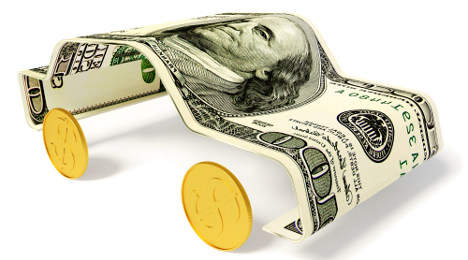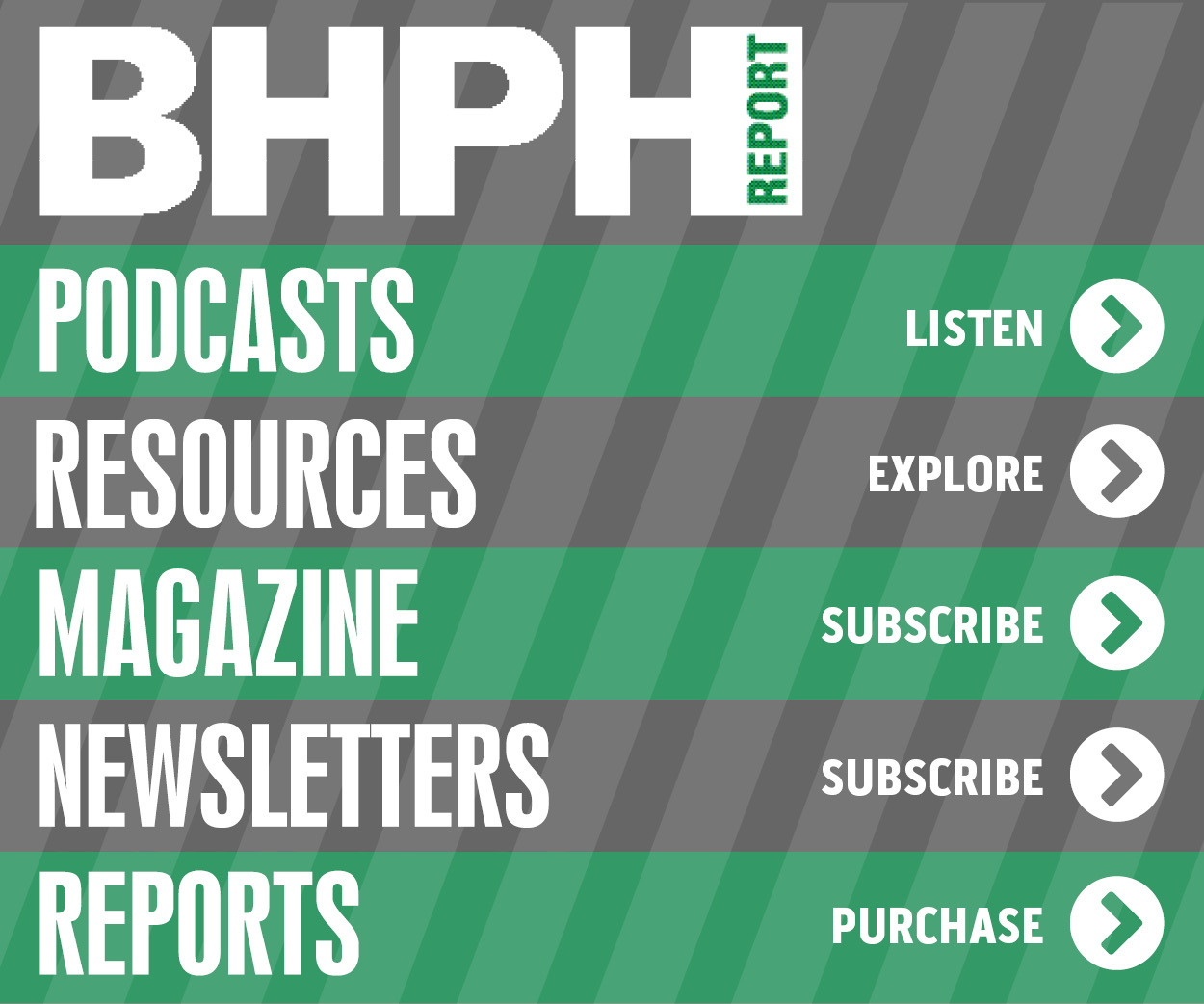3 best practices for floor plan management

Whether or not you already have all the inventory you need for tax season, NextGear Capital offered a trio of best practices for floor plan management; applicable to when your buy-here, pay-here operation is looking to move metal fueled by IRS refunds or campaigns later in the year.
“Once a dealer is cleared to use an automotive floor plan, they instantly have access to more capital to aid in purchasing inventory,” NextGear Capital said in a blog post on its website. “However, along with that instant access to more capital is a new set of management responsibilities.
“Keeping these best practices in mind will help dealers integrate their new capital into their current business plans, allowing them to use their floor plan more effectively,” the company continued.
Here are those three best practices:
1. Fit the floor plan to the dealership
NextGear Capital insisted dealers need to be aware of their own business numbers in order to optimally manage an automotive floor plan. The company explained BHPH operators should ask themselves these questions:
—What is the dealership’s average inventory turn time?
—How many cars need to be sold in order to meet operating expenses?
—What is the average profit margin per car?
“Knowing the answers to questions like these can give dealers key insights that help establish where they were, where they are going and how long it will take for a dealer to reach their goals,” company officials said.
“The answers to those questions can also provide clarity on how an automotive floor plan can fit into the current shape of the business,” they continued.
2. Use floor plans for discipline
NextGear Capital pointed out that when a dealer uses cash or a regular business loan, there is no incentive to sell a car or profit quickly. Additionally, the company explained a dealer’s initial investment will depreciate depending on how long the vehicle stays on their lot.
“Floor planning can help provide a dealership with discipline,” company officials said. “Dealers have a given amount of time available until they have to pay a vehicle off. Use that deadline to the dealership’s favor.”
If a dealer hasn’t received a profitable offer on the vehicle due for payoff, NextGear Capital recommended that the approaching deadline can jump-start their inventory exit strategy process.
“Whether that exit strategy includes selling the car at auction, working with other local dealers or holding out for a more profitable offer, the floor plan deadline ensures that a dealer doesn’t just let their inventory — and their initial investment — depreciate,” company officials said.
3. Always floor plan responsibly
NextGear Capital insisted a dealer’s business data combined with a floor plan can lead to excellent dealership profits. However, the company stressed that operators need to make sure that they floor plan responsibly.
“If a dealer uses their entire line of credit and those vehicles haven’t sold once payoff time arrives, that dealer is going to have a pretty hefty bill,” officials said. “Space out inventory purchases. That way, payoff dates are spaced appropriately for dealership cash flow, just in case inventory hasn’t sold before payoff time.
“Used together, these best practices allow dealers to purchase the inventory needed, provide incentive to profit and allow for manageable floor plan payments,” NextGear Capital went on to say.
The original blog post and more recommendations from NextGear Capital can be found here.


